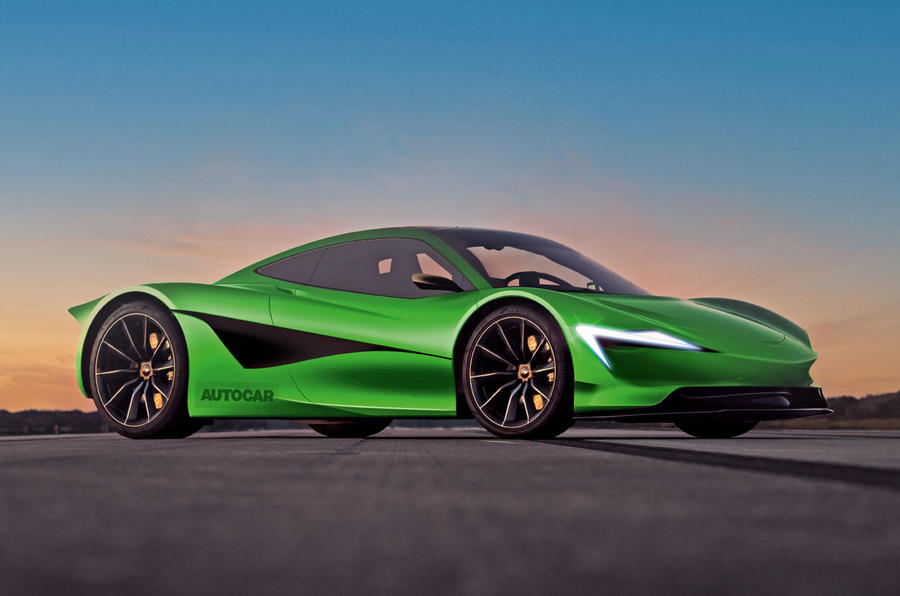
Leiters said McLaren has “started an engineering programme to define” its first EV, but current battery technology would not allow it to achieve its lofty performance and dynamic objectives, hence the need for further R&D.
“We have to stay with our core brand, with our DNA,” he said. “This is supercars and lightweight, and today this is something which is not available [with an electric powertrain] and it will need some time to develop this technology.”
He said “it’s not a supercar if it weighs two tonnes and has 2000 horsepower”, reaffirming his commitment to achieve a similar kerb weight to today’s V6- and V8-powered McLaren models, to ensure that it is “nimble on the street” and “has that perfect McLaren feeling”.
McLaren’s core customer base is “sceptical” about the prospect of an EV supercar, he acknowledged, which is why it’s especially important that the Woking firm’s take on the formula is “convincing – and that means lightweight, and credible to the brand”.
Leiters also suggested that beyond the technical complexities of producing an electric follow-up to the likes of the 750S and Artura, there is the “commercial” concern around residual values.
“Our customers are quite wealthy,” he said, “but they don’t want to lose money. Residual values are crucial in this business and we have seen that residual values for BEVs are very critical and developing.”
Bolstering the supply chain and fostering EV R&D projects in the UK is particularly crucial for McLaren, because the company remains fiercely committed to building its supercars in Woking. The prospect of foreign production is “not on the table”, Leiters said, citing the company’s “very specific skill requirements”, which are well catered to by its Surrey workforce.
Meanwhile, McLaren is investing in a new V8 hybrid powertrain – developed in partnership with engineering firm Ricardo and due to be rolled out across the McLaren line-up – as Leiters envisions 90% of the firm’s sales will be hybrid in the next three to five years.
